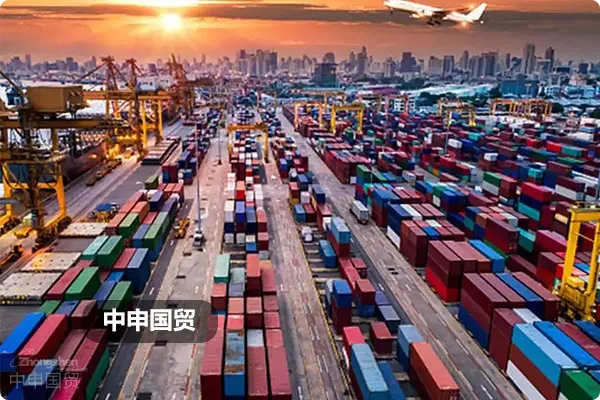- Shanghai Zhongshen International Trade Co., Ltd. - Two decades of trade agency expertise.
- Service Hotline: 139 1787 2118

Contents
ToggleThe Hidden Cost Dilemma of Imported Equipment
According to the latest data from the General Administration of Customs in 2025, the error rate in import declarations for electromechanical equipment products increased by 23% compared to the previous year, with the average demurrage fees caused by classification errors reaching 8.7% of the cargo value. In March 2025, a manufacturing company incurred a late fee of 480,000 yuan due to an incorrect HS code declaration when importing precision machine tools. This case highlights three typical risks under the self-operated import model:Misunderstanding of technical parameters, lagging regulatory updates, and lack of emergency response mechanisms.
Five Value Dimensions of Professional Agency Services
- Clearance accuracy control
- Three - level Review Mechanism for HS Codes
- 2025 Edition of the "Explanatory Notes on the Tariff of Electromechanical Products" Dynamic Update
- Pre-classification Dispute Resolution Solution Database
- Logistics chain optimization
- Application for Over-Dimensional Load Transport Permit
- Shock - proof packaging standards for precision instruments
- Multimodal Transport Cost Calculation Model
- Tax planning space
- Comparison of Applicable Free Trade Agreement Tariff Rates
- Temporarilyimport and exportOptimization of Guarantee Funds
- Royalty allocation planning
- Deepening Compliance Review
- Early Warning on Technical Barriers in Exporting Countries
- 3CJudgment of Certification Exemption Conditions
- Key Points for Pre-shipment Inspection of Used Equipment
- After-sales traceability guarantee
- Notarization and Authentication of Claim Documents
- Technical Evidence for Quality Disputes
- Green Channel for Customs Clearance of Returned Goods
Strategies for Addressing Policy Changes in 2025
In accordance with Announcement No. 49 of 2025 issued by the General Administration of Customs,Equipment ImportsThe declaration elements have been increased from 9 to 12, with new additions.Energy Efficiency Grade, Core Component Serial Number, Software Copyright CertificateThree mandatory fields. Professional agencies can reduce the average customs clearance time to within 48 hours through the pre-declaration simulation system, achieving a 62% efficiency improvement compared to the self-reporting model by enterprises.
- New Regulations on Advance Rulings for Classification: The mandatory filing for pre-classification rulings on mechanical and electrical products will be implemented starting from July 2025.
- Upgrade to electronic documentation:It is recommended to verify through the following methods:Books and quality certificates must be connected to the customs blockchain evidence storage system.
- AEO certification enhancement: The inspection rate for equipment of advanced certified enterprises has been reduced to 3.8%, while that for ordinary enterprises remains at 21%.
Four-Dimensional Evaluation System for Proxy Service Selection
It is recommended that enterprises evaluate proxy service providers from four dimensions:
- Resource integration efficiency: The annual average number of operations for specific equipment categories is ≥50 batches.
- Service network density: Established own clearance teams at major ports
- Completeness of the risk control system: Capable of direct connection between ERP system and customs data.
- Case effectiveness: Successfully resolve ≥20 cases of classification disputes in the 2024-2025 fiscal year.
An automotive parts manufacturer achieved the following in the second quarter of 2025 through professional agency services: zero days of port detention for imported equipment, a 14% reduction in tariff costs, and a technical compliance risk incidence rate controlled below 0.5%. This practice demonstrates the irreplaceability of professional agency services in complex trade environments.
Related Recommendations
Contact Form
? 2025. All Rights Reserved. Shanghai ICP No. 2023007705-2  PSB Record: Shanghai No.31011502009912
PSB Record: Shanghai No.31011502009912










